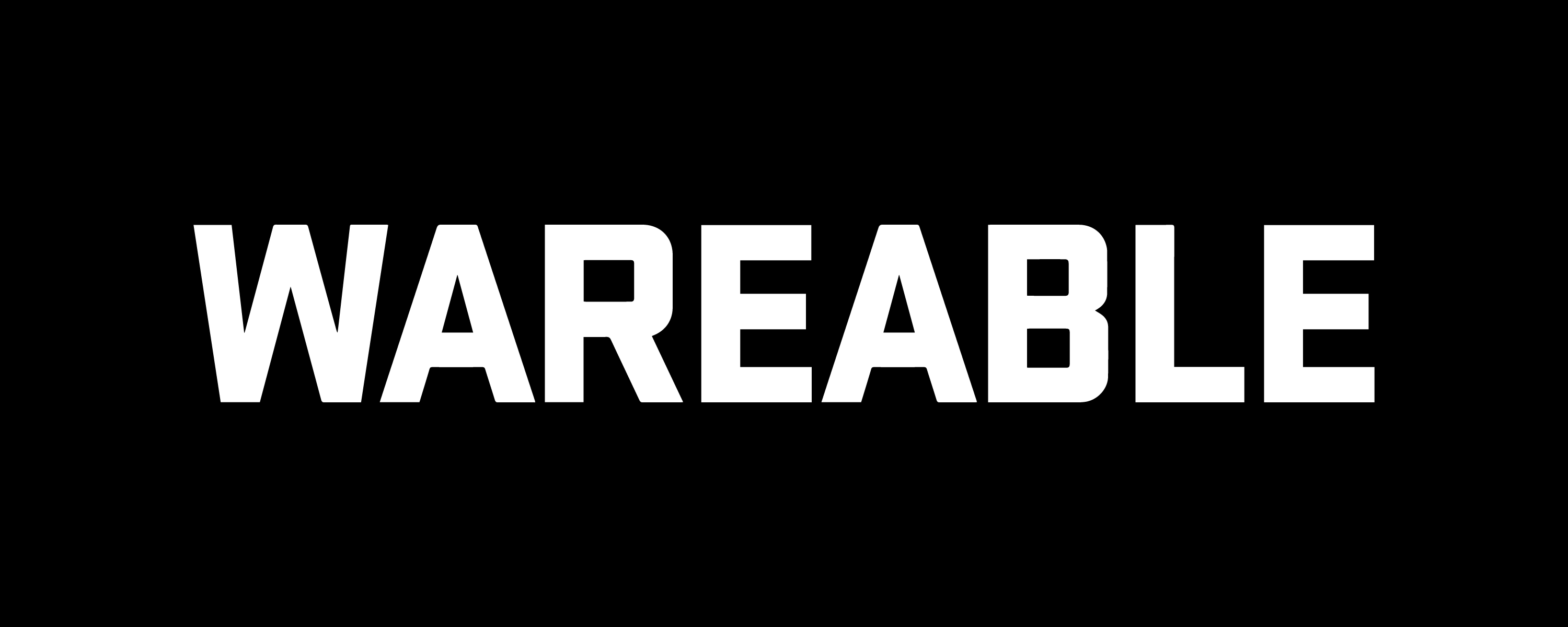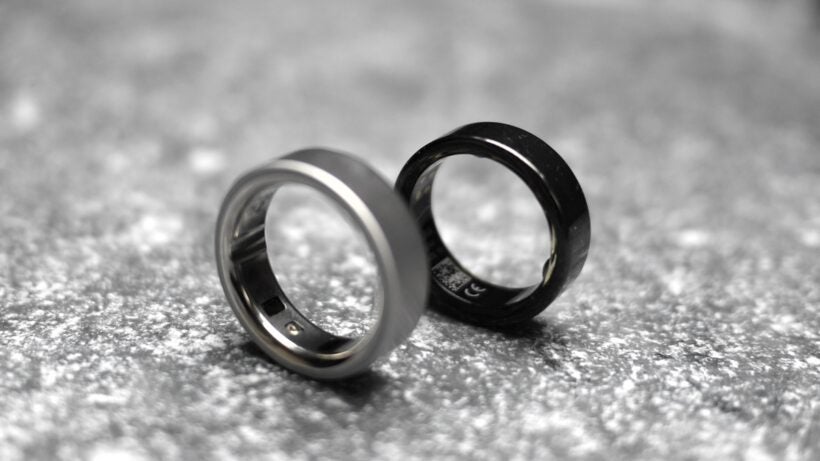Updated: The Oura Ring 4 is six months old—here's how we've found it compared to the Ring 3.
Choosing between the Oura Ring 4, unveiled last October, and the last-generation Ring 3 can be tricky, particularly if you’re new to smart rings.
There’s no question that the Gen 4 Oura Ring is the better ring and represents a solid upgrade on the Gen 3 model. Yet, the differences between these two smart rings aren’t substantial.
The Ring 4 boasts slightly better sensor accuracy, comfort, and battery life—yet the experience isn’t hugely different in design or features from the Ring 3.
As such, this comparison mostly comes down to one area: the price.
Below, we’ll guide you on all the key areas to help you decide which is best for you.
Read the in-depth tests:
Oura Ring Gen 4 vs Gen 3: Specs compared
| Oura Ring Gen 4 | Oura Ring Gen 3 | |
|---|---|---|
| Price | Starts at $349 | Starts at $199 |
| Dimensions | Width: 7.90 mm Thickness: 2.88 mm | Width: 7.9 mm Thickness: 2.7 – 2.9 mm |
| Weight | 3.3 – 5.2 g (sizes 4-15) | 4 – 6 g (varies with ring size) |
| Sizes | 4 to 15 | 6 to 13 |
| Finishes | Silver Black Brushed Silver Stealth Gold Rose Gold | Silver Black Stealth Gold |
| Battery Life | Up to 8 days | Up to 7 days |
| Water Resistance | Water-resistant to 100m/328ft Suitable for water sports and sauna (no diving) | Water-resistant to 100m/328ft Suitable for water sports and sauna (no diving) |
| Accuracy & Sensors | Smart Sensing technology with 18 signal pathways Infrared photoplethysmography (PPG), red/green LEDs, NTC temperature sensors, accelerometer | Eight signal pathways Infrared photoplethysmography (PPG), red/green LEDs, NTC temperature sensors, accelerometer |
Price comparison and available finishes

When considering the price of Oura smart rings, you always have to factor in the monthly membership fee—$5.99/£5.99 monthly (or $69.99/£69.99 annually).
For the newer Ring 4, the price varies dramatically based on which of the six finishes you select. The cheapest are the silver and black options ($349), followed by brushed silver and stealth black ($399), and topping out at gold and rose gold ($499).
The pricing is also tiered for the third-gen options—particularly because the full-circle Horizon ($249-$349) design and the older, flat-edged Heritage ($199-$249) ring to pick between.
Generally speaking, the ~$100 upgrade from the Horizon to Ring 4 is worth the punt. However, if you’re new to rings and aren’t sure about committing too much (and like one of the cheaper Heritage finishes), $199 is a steal.
Also, consider the deterioration of finishes. I’ve tested the stealth (the matte black-ish finish), as well as plenty of black rings from other brands, and have always found that the edges wind up getting scratched and standing out quite considerably.
The brushed silver Ring 4 I’ve tested is by no means scratch-proof, as the image below shows, but these dings aren’t nearly as noticeable.
Design and comfort

The Oura Ring 4 features a significant redesign and now includes a single design option. Its design is closer to the Oura Ring Gen 3 Horizon, shown above, which was released after the initial flat-edged Gen 3 Heritage.
The Ring 4 is smooth and round, made entirely of titanium and lacking a plastic interior, which gives it a much lighter and more premium profile.
The Gen 3 editions feature small nobbles (the technical term) on the underside to stabilize the ring and prevent it from rotating. These were removed in the Gen 4 design, resulting in a more natural wearing experience.
After six months without those bumps in our US size 12 Ring 4, I confidently say I prefer the Gen 4’s comfort. It leaves no indents on the finger, and the stability is still superb. This isn’t a ring that’s any easier to rotate around the finger than the predecessor—and certainly isn’t one that’s ever come close to falling off (although getting the size correct remains paramount).
However, one issue remains: Ring 4 has the same width and thickness as Ring 3. As our images show, it hasn’t decreased in size, even though it weighs significantly less, which may disappoint those hoping for a slimmer version.
- Winner: Oura Ring 4
Accuracy and sensors

One key upgrade of the Ring 4 revolves around accuracy. Oura increased the number of signal pathways (LEDs emitting and receiving light) to 18 for its latest edition, up from eight in the Gen 3.
The Oura Ring Gen 4 has notable improvements in accuracy and sensor performance:
- 120% improved signal quality for blood oxygen sensing (SpO2), leading to a 30% increase in overnight SpO2 accuracy.
- 15% more accurate breathing disturbance index (BDI).
- 7% fewer gaps in daytime heart rate readings.
- 31% fewer gaps in nighttime heart rate readings.
Oura claims that the Ring 4 can optimize signal processing based on factors like skin tone, BMI, and finger shape for improved accuracy.
Have I seen much-improved accuracy, as Oura suggests? Yes and no. There are now virtually no gaps in sleep data graphs for HRV and blood oxygen, which means it’s much easier to trust the overall picture.
The improvement also extends to one of our favorite Oura features, Daytime Stress. Many more plot points are now made throughout the day. And considering the feature’s grading relies on these points to summarize your stress levels, it’s now an even more accurate representation than I tested on Ring 3.
However, I haven’t noticed much on the blood oxygen or BDI side of things, though I have also turned off SpO2 sporadically throughout our Ring 4 testing to maximize battery life.
- Winner: Oura Ring 4
Activity tracking, women’s health, and more

The Ring 4 didn’t launch with significant new sensor technology, so there are no major exclusive insights compared to the previous model. Still, there were a couple of additions Oura has added from a software perspective.
Workout tracking
The number of auto-tracked workouts has increased to 40, which can be edited and refined in the Oura app and added retrospectively. Auto-detection has proved exceptionally accurate during our time with the Ring 4, yet, like with the Ring 3, it’s still not a wearable I use for anything but walking.
As I mentioned in our initial Ring 4 review, accuracy is also pretty mid for anything that involves lots of arm movement, while some workouts (lifting weights, for example) feel like a disaster waiting to happen.
Our recommendation: just use a Strava-compatible watch and sync the app with Oura instead of exercising with it—wearing a ring in the gym (or for running) is not the play. This pairing feature is also available no matter which Oura you have.
Fertile Window, VO2 max, and Cardiovascular Age
A notable addition is the Fertile Window feature, which enhances cycle tracking to help couples find the ideal time to conceive. This new addition joins the rest of Oura’s renowned women’s health features, such as the partnership with Natural Cycles and its Pregnancy Insights.
Unfortunately, I don’t have the facilities to test any women’s health features. Still, Oura published data in February 2025 that suggests the Fertility Window is more robust than the traditional calendar method… so that’s something. Plus, it’s available on both ring generations.
That’s also true of the Oura Heart Health features that arrived in mid-2024: Cardio Capacity (essentially VO2 max) and Cardiovascular Age.
These are all great features, but, again, they’re not contingent on owning an Ring 4.
- Winner: Draw
Battery life comparison

Due to the Ring 4’s ability to dynamically choose the optimal performance of its 18 signal pathways, it can turn off unnecessary ones. Upon release, Oura told us this feature has helped extend the battery life from seven days to eight.
Given that the Ring 4’s size is essentially unchanged, a more significant increase in battery life might have been expected. Yet, lasting over a week is still impressive—even if it’s much less than rivals such as the RingConn Gen 2, and there’s no charging case on either generation.
However, after two years of testing the Ring 3 (also in a US 12), I never got more than four or five days of life out of it—especially if the SpO2 feature was enabled.
Instead, I’ve found the Ring 4 (which I also disable blood oxygen on) consistently lasts over a week. This means—despite Oura’s claims—I actually think the Ring 4 represents a big battery life boost over the previous generation.
- Winner: Oura Ring 4
Verdict: Which is best?

The Oura Ring 4 shows enhancements in every area compared to Gen 3, although some might feel let down by its lack of noticeable size reduction. The Ring 4 is more comfortable to wear, offers better accuracy, and has more battery life. It’s why we grade it as the top smart ring to own in 2025.
So, why choose the older Gen 3? With its price cut since the arrival of the Ring 4, it’s now one of the best cheap smartwatches on the market. It boasts almost everything that makes Oura great—top-quality sleep tracking, solid comfort, and expert health insights and integrations—for half the price (in most finishes).
You can’t go wrong with either Oura generation. If you want the best experience, choose the Ring 4. If you instead want most of the experience for less cash, size up the Ring 3.




